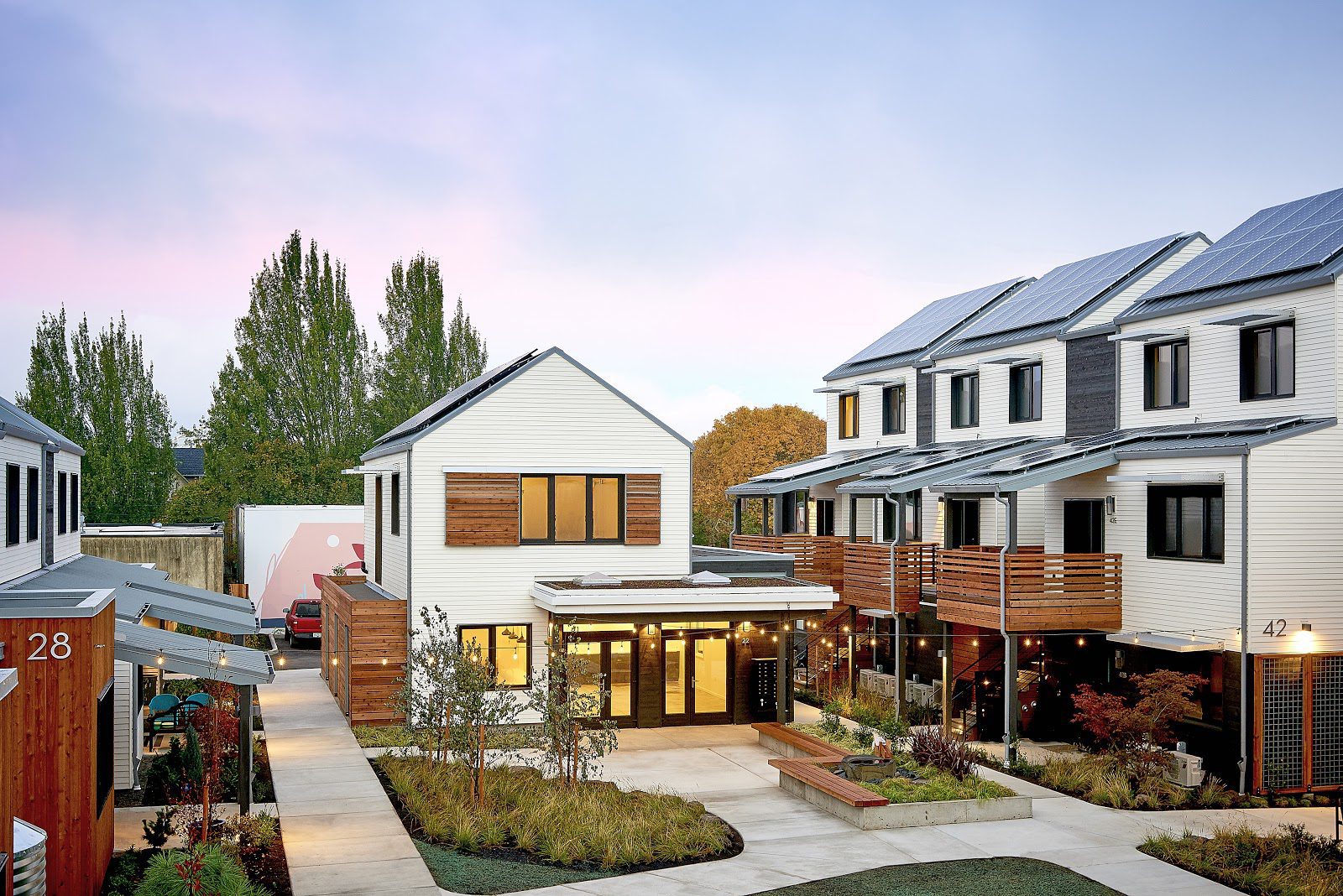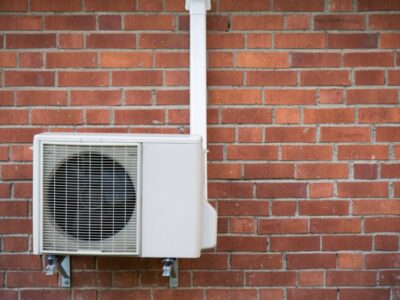
Stylish design trends and interior planning have long revolved around the far-fetched reality of limitless disposable income and little regard for where posh accents are purchased. While the market for luxuriant decor will never fade away, there does seem to be an emerging subset of home planning that has become increasingly attainable: sustainable design.
Design, like most industries, faces shifting trends. While you should always choose a style that appeals to you and supports your lifestyle, it’s interesting to note that the current movement away from more traditional and lush design is heading towards a more pared down aesthetic. Some believe this is a nod to the volatile economy of the last year. Tasteful minimalism and contemporary preferences are becoming increasingly popular alongside modernist structural design. And the two pair nicely for the eco-conscious consumer who chooses to keep an eye out for good business practices as they decide which sustainable company deserves their green.

More With Less
Minimalism and modern design saw a resurgence in 2020, and there’s nothing to suggest that these stylistic choices are going anywhere. Minimalism is often thought of as the absence of items. Yet, at its core, it is about functionality. A minimalist design means that each aspect of the space or construct has a meaningful purpose; there is no clutter or disarray, lines are sleek, areas are delineated, and high contrast is primary. Modernist design encompasses minimalism, honing in on utilitarianism.
“There’s something really interesting happening right now,” Erica Dunn told Garden and Health. Dunn is the Director of Design at Green Hammer, a Portland, Oregon-based sustainable design and build firm. “People are mentally making a connection between modern design, and that means the incorporation of sustainable design.”
The practice of minimalism is inherently anti-waste. Ousting any sort of excess, minimalism is an exceptional baseline for sustainability: take only what you need and only what you can use. When aiming for minimalism, consumers should err towards companies or design firms whose specialty is maximizing functionality with the least amount of materials.

Smaller Spaces, More Windows
With population densities increasing across the United States, buildings in rural areas and metropolitan zones are getting taller and going up faster. Despite this, architects and exterior planners appear to be heeding sustainability experts’ advice on increasing window size, even as the size of apartments is decreasing. “There’s something psychological about a window that goes all the way to the floor and all the way to the ceiling,” Dunn told Garden and Health. Larger vertical windows connect the indoor space to the outdoor space while enlarging living areas as well.
These floor-to-ceiling windows have become the norm for new developments. While aesthetically pleasing both inside and out, experts have said that the trend has sustainable components as well. It is likely that this fad will continue through 2021.
Having large windows can do wonders for residents’ electricity bills (and the environment) if the panes are insulated and sealed properly. Newer windows with efficiency in mind will have a favorable ‘R-value’, a measurement of a material’s insulative value. Companies like Green Hammer aim for triple-paned windows whose R-value is close to that of a normal wall (aka, they keep the cold air out), says Dunn.
An abundance of natural light helps limit the use of artificial light fixtures during the day. If widely implemented, electricity usage could go down dramatically across communities.
Efficiency and Economics
Energy Star appliances have led the way in certifying new, efficient homes for years. Recently, efficiency (and its cost-saving effects) have taken on new life in the design world, with Earth-saving appliances looking sleeker and higher-end than ever before. While the focus of energy efficiency is frequently in the kitchen and outside (i.e. solar panels), fashionably saving money has moved to all parts of the house.
One of Green Hammer’s newest projects, a 16-unit rental community in Oregon called Tillamook Row, exemplifies this juncture of efficiency and craftsmanship, particularly in its interior finishes and appliances. This year will undoubtedly see more sustainable appliances in an increasingly competitive market as products become more affordable and widely available.
Not everyone is building a home from scratch, though. When asked how homeowners (or renters) can increase their space’s efficiency, Green Hammer’s design guru told Garden and Health that adding extra insulation on the house both internally and externally “can go a long way to reducing the home’s energy needs.” Switching out those windows could do the trick, too, replacing them with triple-paned windows. It sets a solid foundation, Dunn said, so “then when it’s time to replace the heating, cooling, and ventilation systems, you have opened up the possibility of using much more energy-efficient systems in the future.”
Small Business, Big Impact
Sustainable design starts at the source, and that source is good business. 2020 saw the rise and fall of more small businesses than anyone would have liked, but if there ever was a silver lining, perhaps it is that residents saw the value of their local vendors, whose attentive hospitality and frequently regionally-sourced products set them apart from mega-brands who have the income to target your Instagram or Facebook feed with advertisements.
Customers are likely to have a more personalized shopping experience and better return or exchange results if there’s a defect. Local businesses often specialize in craftsmanship that brings an unparalleled sense of place to your home (think: exposed log cabin with a grand stone fireplace probably gives you a good idea of where you are). “A locally owned firm is going to have a stronger understanding of what sense of place is right…and create a climate-responsive design for somebody,” Dunn said.
Small businesses also substantially tend to source from other small companies, according to experts. This also means that goods are transported at smaller distances, emitting fewer fossil fuels. “Locally made products help keep your home’s carbon footprint lower because they’re not being shipped from across the country, so that’s a big piece that anyone can use in any building if they’re doing a renovation,” says Dunn.
Sustainable structures are not new, but sustainable design is, and it is here to stay. The phrase “sustainable building” can evoke images of the 1970s genesis of sustainable build, which was focused on engineering and experimentation, explains Dunn. “When you start with an understanding of what’s required to get a building to be more energy-efficient or to be more sustainably built, you can design with those aspects in mind, and that’s how you get over that clumsiness.”





